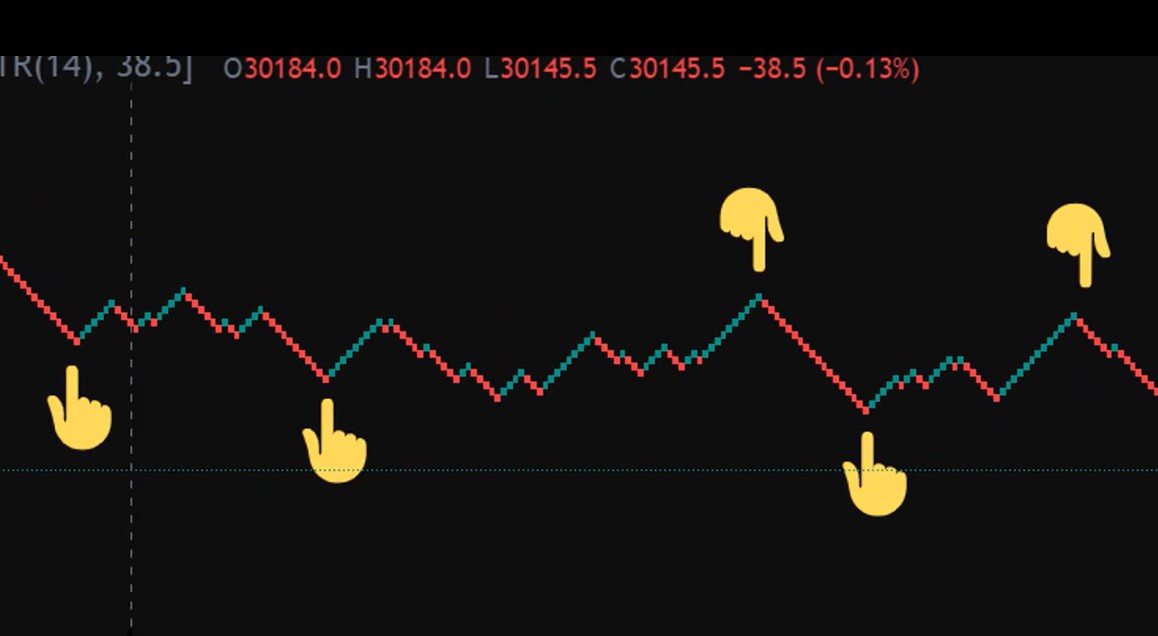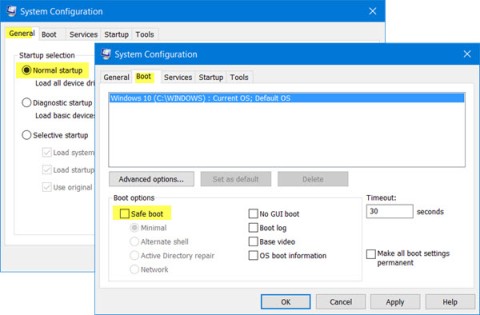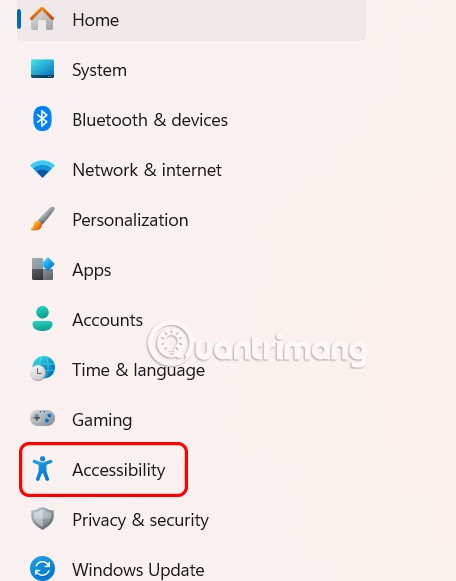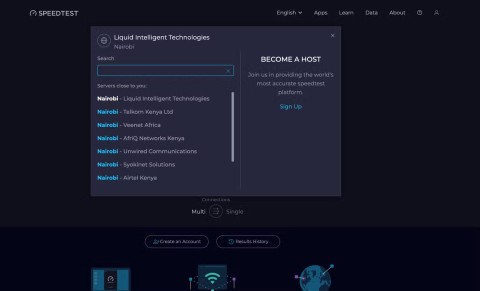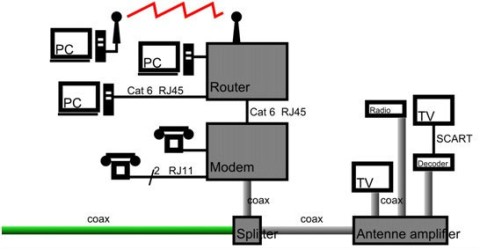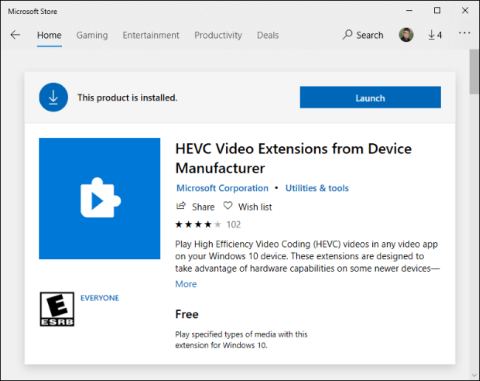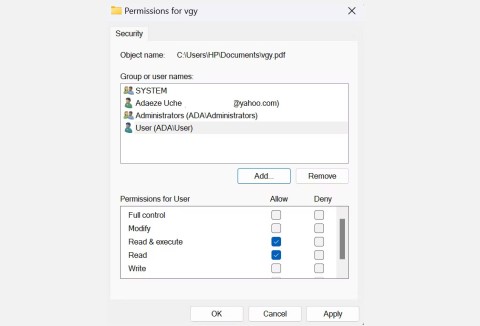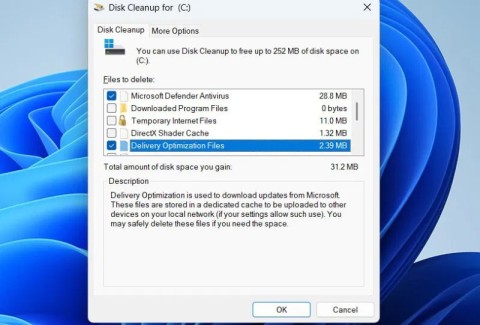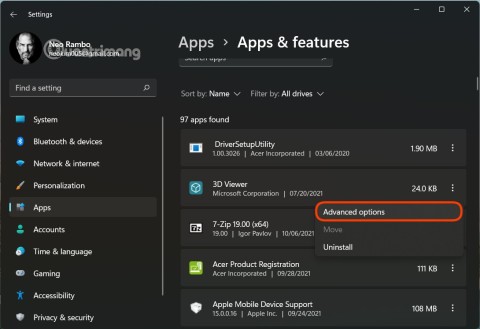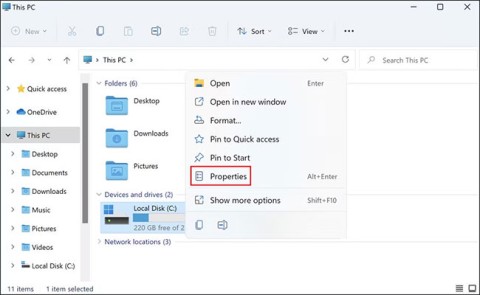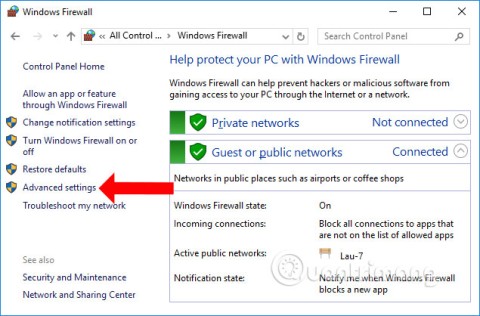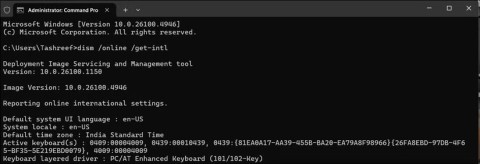Introduction to Vietnamese typing
.jpg)
Learning to type Vietnamese is learning to type its alphabet and its 5 accent marks (or more accurately diacritics). The complete Vietnamese Alphabet and the 5 accent marks are given below:
Vietnamese alphabet
a, ă, â, b, c, d, đ, e, ê, g, h, i, k, l, m, n, o, ô, ơ, p, q, r, s, t, u, ư, v, x, y.
The 5 accent marks
acute accent(“´”), grave(“`”), hook(” ̉ “), tilde(“~”) and dot(“.”)
After a closer look, you would probably agree that what you need to know how to type are just ă, â, ê, ô, ơ, ư and the 5 diacritics.
In order to type those “foreign” symbols using the standard English keyboard, there are many different typing conventions, or formally “input methods”. Nowadays, two of the most widely used conventions are the Telex and the Vni. The main difference between these two conventions is that Telex uses letters (a-z) while Vni uses numbers (0-9) to express the accent marks and the marks on top of the vowels (i.e., to type ă, â, ê, ô, ơ, ư)
There is absolutely no advantage or disadvantage of Telex over Vni when it comes to support: it’s 99% correct to say that whenever Telex is supported, Vni is also supported and vice versa. Once you have learned the 2 conventions, you can decide on your favorite convention.
Installing Vietnamese keyboard
In the Telex Convention, for example, you’ll type the sequence “aa” (two a’s) to get â. Please go ahead and try typing aa on your favorite text editor to see what you get. What did you get?
Of course, it’s …aa!
This is because by default, your computer has yet to support Vietnamese typing, which means that you need to either install a software or enable Vietnamese typing if it’s already shipped with your Operating System (for example, on Mac and Gnu/Linux). Once that piece of software has been properly installed and the mode to type Vietnamese is selected, you’ll get â whenever you type the sequence “aa”. Please refer to the Notes (*) below for more details on the various Vietnamese typing software.
To practice typing Vietnamese online using Telex or Vni typing methods, as you’d be shown below, you can use this no-frill Vietnamese typepad or using the typepad on this site.
Type Vietnamese using Telex
Typing â, ê, ô
As you can observe, these 3 letters all have the circumflex. The rule to type them is hence the same:
- Telex: Type the underlying letter twice. For example, to get â, your typing sequence is “aa”. Similarly, “oo” for ô and “ee” for ê.
Typing ư, ơ and ă
These first 2 letters share the “horn”; the last one is not quite the same but is close enough, at least according to the Telex way of typing.
- Telex: type the underlying letter + w. For exaple, to get ư, your typing sequence is “uw”. Similarly, “ow” for ơ and “aw” for ă.
Typing the 5 diacritics
The Telex and Vni conventions for typing the 5 diacritics are summarised in the following table:
Type diacritics (or accent marks):
| Diacritics |
acute accent(“´”) |
grave(“`”) |
hook(” ̉ “) |
tilde(“~”) |
dot(“.”) |
| Telex |
s |
f |
r |
x |
j |
| Example with a |
á = as |
à = af |
ả = ar |
ã = ax |
ạ = aj |
And there you go! Congratulation on having learned how to type Vietnamese. But before we conclude, let’s do some exercises to make sure everything has been well understood. How would you type ớ? Yes, it’s: ơ + the acute accent, so that the Telex typing sequence is “ows”.
Now, how about the word đặng? If your answer is “ddawjng” for Telex, you’ve got it! The only note here is that instead of typing the dot right after the ă (i.e, “awj” for Telex), you can delay the dot till completing the whole word, which means your typing sequence could have been “ddawngj” for Telex. In fact many Vietnamese use this second way of typing the accent mark after completing the alphabet.
Now, if you have asked if it’s possible to defer the “breve” on top of the a till finishing the whole word, which means typing “ddajngw” instead of “ddawjng”, the answer is yes. It’s possible because the typing software, which understands our conventions, would easily figure out that your “w” is to change the a to ă. However, this type of deferral is not used by many people and is also not recommended for the reason that it may actually slow you down. Indeed, when you finish the world, you probably need to “look back” at the word and see what kind of “symbol” you need to add to the vowels. In addition, since ă, for example, is part of the Vietnamese Alphabet, it makes sense that we type it as one single unit.
Type Vietnamese using Vni
Typing â, ê, ô
As you can observe, these 3 letters all have the circumflex. The rule to type them is hence the same:
- Vni: type the underlying letter + number 6. For example, to get â, your typing sequence is “a6”. Similarly, “o6” for ô and “e6” for ê.
Type ư, ơ and ă
These first 2 letters share the “horn”; the last one is not quite the same but is close enough, at least according to the Telex way of typing.
- Vni: This convention considers the first 2 as one group and the last letter a different group:
- ư, ơ: type the underlying letter + number 7. That is, “u7” for ư and “o7” for ơ.
- ă: type “a8”
Type the 5 diacritics
The Telex and Vni conventions for typing the 5 diacritics are summarised in the following table:
Type diacritics (or accent marks):
| Diacritics |
acute accent(“´”) |
grave(“`”) |
hook(” ̉ “) |
tilde(“~”) |
dot(“.”) |
| Vni |
1 |
2 |
3 |
4 |
5 |
| Example with a |
á = a1 |
à = a2 |
ả = a3 |
ã = a4 |
ạ = a5 |
Let’s do a review excercise to clear things up. How would you type ớ? Yes, it’s: ơ + the acute accent, so that the Vni typing sequence is “o71”. The reminder here is that we type Vietnamese alphabet letters before typing accent marks.
Now, how about đặng? If your answer is “d9a85ng” for Vni, you’ve got it! The only note here is that instead of typing the dot right after the ă (i.e, “a85” for Vni), you can delay the dot till completing the whole word. In other words, your typing sequence could have been “d9a8ng5” for Vni. Many people find this deferral of typing diacritics help improve typing speed.
As with Telex, it’s possible to defer the “breve” on top of the a till finishing the whole word so that you could also have typed “d9a5ng8”. However, this way of typing is not commonplace as it actually slows you down.
Regardless of what’ve been suggested or advised, as the ultimate goal is to get you type fast, you should use whatever method you feel most comfortable with.
Type Vietnamese on Mac
The great news is that Mac has built-in support for Vietnamese Language. To enable Vietnamese typing support, go to System Preferences and open International. Then select the tab Input Menu.
For Operating System before Leopard, you would see only the Vietnamese option. For OS X Leopard onwards, you have the Vietnamese Unikey option where you can select the Telex or Vni input method as learned above!
Now, for folks with an old Mac OS, the table below shows how to type the special alphabet letters and diacritics in Vietnamese: (Thank you Greg at CJVLang for suggesting this)
Type Vietnamese On Mac before Leopard:
| ă |
â |
ê |
ô |
grave(“`”) |
hook(” ̉ “) |
tilde(“~”) |
acute accent(“´”) |
dot(“.”) |
đ |
ư |
ơ |
| 1 |
2 |
3 |
4 |
5 |
6 |
7 |
8 |
9 |
0 |
[ |
] |
So to type the word huyền, the sequence would be “huy3n5”.
Type Vietnamese on Gnu/Linux
As for Mac, Gnu/Linux Operating systems such as Ubuntu has built-in support for Vietnamese.
To activate Vietnamese typing support in Ubuntu, for example, go to: System->Administration->Language Support: Click Install/Remove Language and then select Vietnamese to install. And there you go.
Type Vietnamese on Windows
On Windows, you would need to install a software to help you type Vietnamese. But don’t worry, install this piece of software is just a piece of cake.
Below are a couple of Vietnamese typing software that you can use.
If you don’t know what to use, select the first one: Unikey. Go to Unikey’s download page, and select the latest version to download. As of this writing, the latest version is Unikey 4.0 RC2. After it’s downloaded, everything else would be a series of clicking ‘Next’, typical of installing Windows software.
Insert Vietnamese Accent Marks automatically
Congratulations for having gone through this lesson on how to type Vietnamese using the Telex or Vni convention. You should now be comfortably typing Vietnamese, with some practice of course.
Now that you’ve known the fundamentals, I would like to show you a “secret weapon”: automatically inserting Vietnamese accent marks. Yes, that’s possible through application of a field called Natural Language Processing.
There are a couple of sites providing such a service but the best one is VietnameseAccent.com.
But I only introduce them to you at the end of the lesson because of 2 reasons:
- They’re not 100% correct. In fact, no artificial intelligence tool can be 100% correct. This means that you can’t rely on them to help you insert the accent marks for Vietnamese.
- Even if they were 100% correct, you should still know how to type Vietnamese accent marks because you can then type Vietnamese in any editors, not just in the sites mentioned above.
So do play around with them, but you should always treat them as mere convenience tools, not something for you to avoiding learning how to type the Vietnamese accent marks.
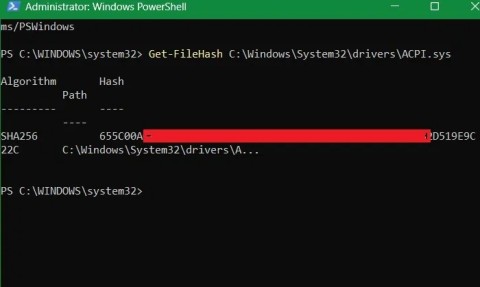
.jpg)
